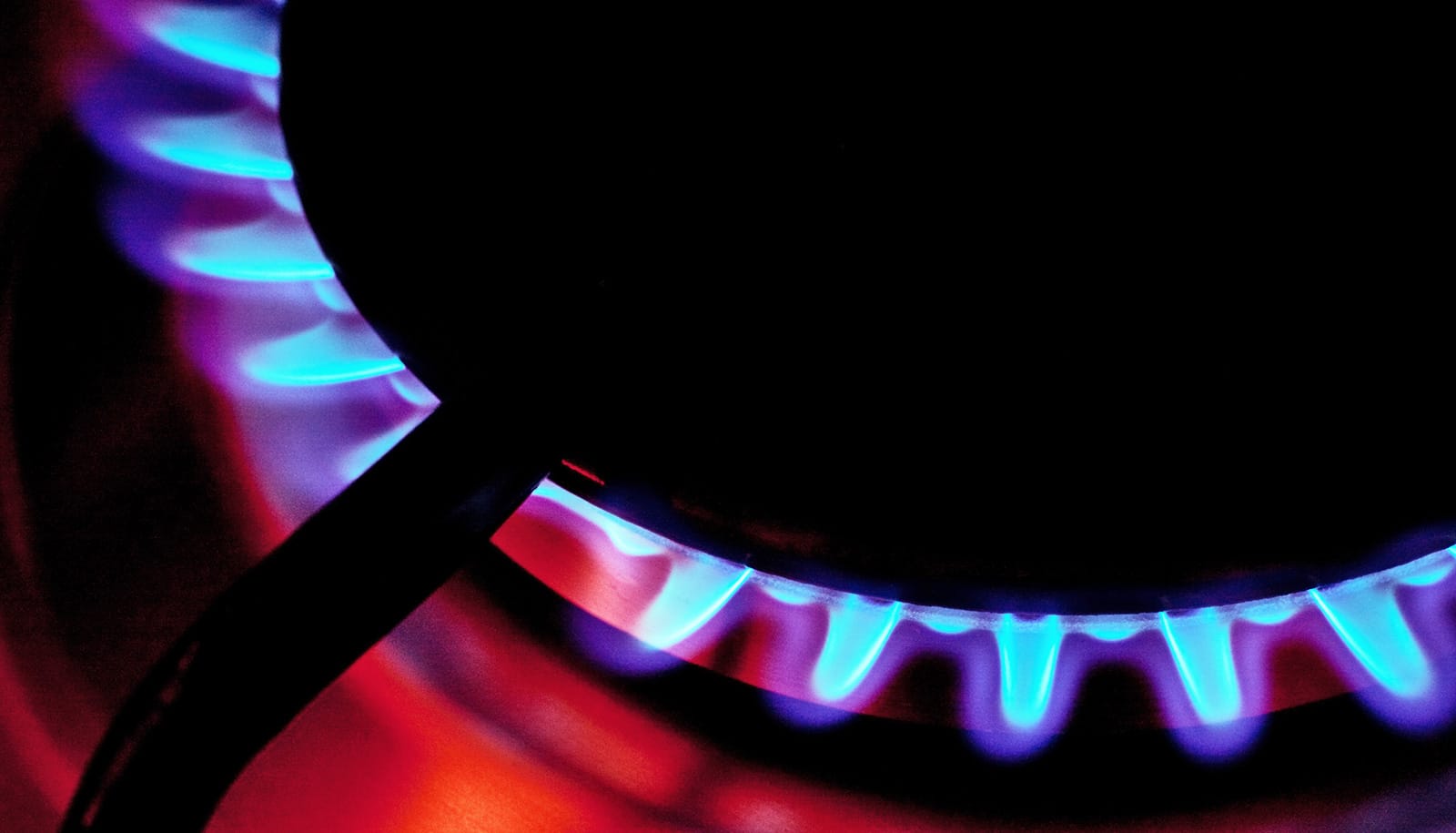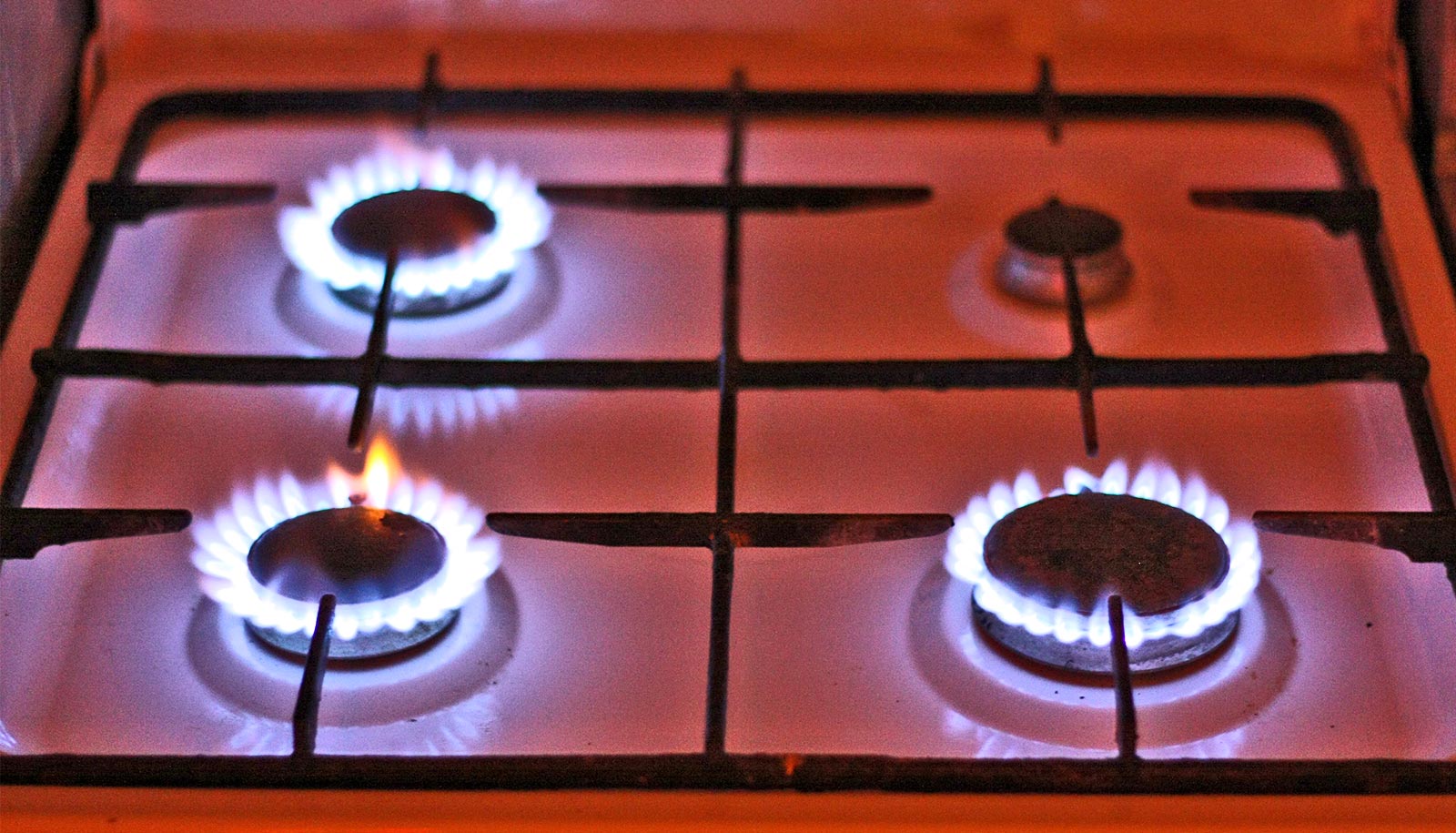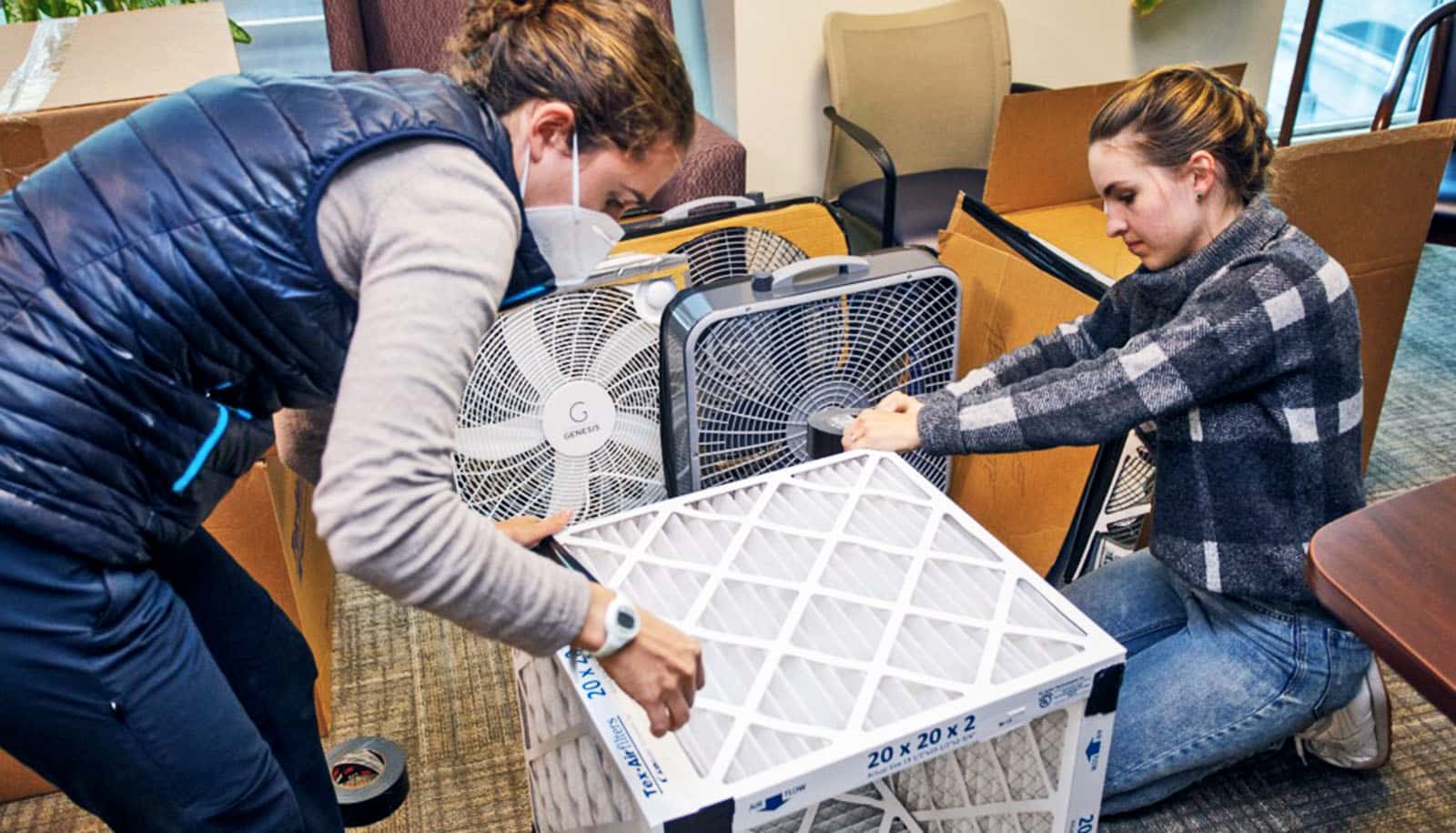A public health expert says there are good reasons to switch from a gas stove to electric—but there are also safety steps you can take in the meantime.
Given a rash of recent headlines suggesting gas stoves could be bad for our health, should you be worried that cooking with them could be harmful?
The surprisingly emotional debate over gas stoves was sparked in part due to a 2022 study that found about 13% of childhood asthma cases in the US can be attributed to gas stove use, and because of a US Consumer Product Safety Commission official suggesting a ban on their sale.
Despite the agency later clarifying that it had no plans to prohibit them, conservative politicians, like Rick Perry, former Texas governor and energy secretary, were upset at the prospect of the “environmental woke crowd” coming for people’s stoves.
Culture wars aside, there are research-backed reasons to be aware of the potential hazards of gas stoves, for ourselves and for the environment. Jonathan Levy, a Boston University School of Public Health professor and chair of environmental health, studies indoor air pollution specifically related to gas stoves. He, as well as others, have found direct correlations between gas stoves and personal exposure to nitrogen dioxide, which is associated with more severe asthma and other respiratory issues.
Gas stoves also expose us to other hazardous air pollutants, according to Levy, including low levels of benzene, a cancer-causing agent. Although the federal government doesn’t have plans to ban them just yet, cities across the country have been eliminating natural gas hookups in new construction to lower greenhouse gas emissions, since gas stoves emit methane, a potent heat-trapping gas that dramatically fuels climate change.
But many of us have been using gas stoves for years, so is all the outrage and worry overblown? Yes and no.
Climate writer Emily Atkin calls gas stoves the “plastic straws of building emissions,” meaning that even though their overall impact is small—gas stoves account for less than 3% of household natural gas use—they provide a door to discuss larger problems.
Here, Levy digs into indoor air pollution, whether opening a window while cooking makes a difference, and the overdue attention gas stoves are receiving:
The mere suggestion that gas stoves could be banned has caused many emotionally charged reactions. Why are people so attached to them?
You’re literally hitting people where they live, right? I don’t know if it’s about the gas stove, per se, or if it’s more about the fact that you’re talking about the place where people are preparing meals for their family. It’s a very intimate and personal thing. There’s a sense of intruding. We’ve seen this story before in different forms. Some years back, when the EPA [Environmental Protection Agency] was proposing an outdoor air pollution standard for particulate matter, there was something in their documents that talked about the contribution of backyard grills and barbecues. That pretty quickly turned into [backlash] about banning our barbecues—overblown arguments and false claims that they’re gonna get rid of our grills and not allow us to have burgers in the yard.
What have you found in your research about gas stoves contributing to indoor air pollution?
This goes way back. My first studies that had to do with indoor air and gas stoves were in the late ’90s, and I was certainly not the first person to study this. I got involved in a couple of studies, one that measured nitrogen dioxide inside and outside of homes in 15 different countries. We found that having a gas stove and using that stove was one of the most important contributors to your personal exposure to nitrogen dioxide. In a second study, we found that the presence of gas stoves tells you a pretty good amount about your exposure—but then having a little more information about building type and ventilation, and having a pilot light, could help differentiate who has higher or lower exposure. I’ve been very interested in indoor air pollution, because we spend almost all of our time indoors. It matters a lot for health, and there are structural changes and behavioral changes that can make a big difference.
Right, I’m guessing one of those being, not using gas stoves?
That’s certainly one of a number of options. It’s important to recognize that the effect of gas stoves on indoor air is different for different homes. So, if you have a smaller home, it’s going to have a much greater effect. There are socioeconomic and racial-ethnic disparities that travel along with that too.
You mentioned ventilation; does opening a window or opening a door make a difference?
It does make a difference. Part of the complexity is that everybody’s home is configured a little bit differently. It depends somewhat on what the airflow looks like in your home, and if you open a window—are the fumes from cooking going to vent directly out or are they going to travel elsewhere given how the air flows in the home? It’s hard to get a one-size-fits-all [solution], but it’s clearly the case that as you get better air exchange in the home, you can reduce the contributions from indoor sources like gas stoves. Hopefully, the air is coming from a place in your home that is cleaner.
What are some of the major concerns about gas stoves?
Nitrogen dioxide from burning fuel and what that does to respiratory health is a big part of the story. There have been studies that have measured a variety of volatile organic compounds that also come from gas stoves. Some of those are carcinogenic, and others have a variety of other health effects. One study didn’t see levels that exceeded thresholds of concern. But that of course varies by home.
There’s the climate part of the story, which is less about your personal exposure, but more so about moving away from gas to something that is electric. If electricity is generated from clean sources, it can be an important step in trying to reduce carbon emissions and trying to then address the root cause of climate change. In fact, the Inflation Reduction Act and some other policies incentivize swapping out gas appliances—climate change is the major reason, but indoor air pollution should also be considered.
Are there other quietly emitting sources of indoor air pollution beyond stoves that people aren’t aware of?
That’s a good question. There are definitely things like candles or incense that not everybody uses. When they do, they certainly generate a fair amount of pollution, including particulate pollution. Anything that is creating a flame and creating enough smoke is a potential concern. Fireplaces, whether gas or wood, are something researchers think about, but those have the benefit of being vented to the outdoors. Your indoor air pollution is also influenced by how much outdoor air comes in, and there’s definitely policies out there trying to reduce outdoor air pollution overall. And to the extent that you clean up the outdoor air, you’re getting less that’s going to infiltrate indoors. In general, this discussion about indoor air pollution and gas stoves in particular is an overnight phenomenon 50 years in the making. I think it’s important to use this moment as an example to look more holistically at the exposures we face in our everyday environment and think about better ways to address them.
What are some things people can do, especially if you’re in a situation similar to mine, to lessen overall exposure?
That’s one of the complexities here. When people are talking about this, the narrative sounds like we’re always talking about homeowners who get to decide the investments they’re gonna make today in upgrading their kitchen, but that doesn’t describe the vast majority of people. In rental units, you don’t have control over the technologies that are there. And there’s no requirement for stoves to be vented to the outdoors. Window opening is often the only thing that you have at your disposal. Cooking on the back burner gives a little bit less exposure than cooking on the front burner. Keeping those who are potentially most vulnerable [to respiratory illness] at a greater distance away is also important. I think it’s inappropriate to place the burden on individuals to figure this stuff out. So, better policies and structures need to start with strategies that get stoves venting to the outdoors, knowing that they’re not all going to get swapped out tomorrow.
Source: Boston University



